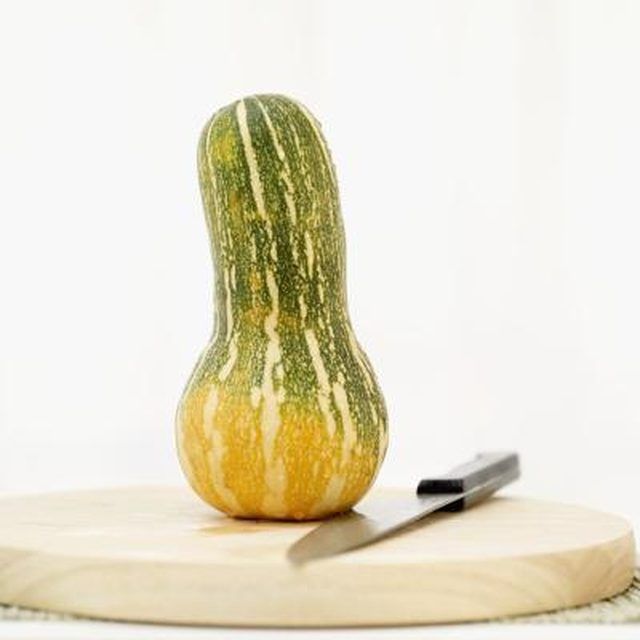Bulbs
Flower Basics
Flower Beds & Specialty Gardens
Flower Garden
Garden Furniture
Garden Gnomes
Garden Seeds
Garden Sheds
Garden Statues
Garden Tools & Supplies
Gardening Basics
Green & Organic
Groundcovers & Vines
Growing Annuals
Growing Basil
Growing Beans
Growing Berries
Growing Blueberries
Growing Cactus
Growing Corn
Growing Cotton
Growing Edibles
Growing Flowers
Growing Garlic
Growing Grapes
Growing Grass
Growing Herbs
Growing Jasmine
Growing Mint
Growing Mushrooms
Orchids
Growing Peanuts
Growing Perennials
Growing Plants
Growing Rosemary
Growing Roses
Growing Strawberries
Growing Sunflowers
Growing Thyme
Growing Tomatoes
Growing Tulips
Growing Vegetables
Herb Basics
Herb Garden
Indoor Growing
Landscaping Basics
Landscaping Patios
Landscaping Plants
Landscaping Shrubs
Landscaping Trees
Landscaping Walks & Pathways
Lawn Basics
Lawn Maintenance
Lawn Mowers
Lawn Ornaments
Lawn Planting
Lawn Tools
Outdoor Growing
Overall Landscape Planning
Pests, Weeds & Problems
Plant Basics
Rock Garden
Rose Garden
Shrubs
Soil
Specialty Gardens
Trees
Vegetable Garden
Yard Maintenance
How to Grow Cushaw Squash
How to Grow Cushaw Squash. Cushaw squash, also known as sweet potato cushaw squash, produces a 10 to 20 lb. squash often used as a substitute for pumpkin in pies. Planted in late spring after the danger of frost has passed, this winter squash matures in 85 to 110 days. Skin color varies from green and white striped to cream colored at maturity, and...

Cushaw squash, also known as sweet potato cushaw squash, produces a 10 to 20 lb. squash often used as a substitute for pumpkin in pies. Planted in late spring after the danger of frost has passed, this winter squash matures in 85 to 110 days. Skin color varies from green and white striped to cream colored at maturity, and may be sold as cushaw pumpkin.
Things You'll Need
Garden tiller
Well-rotted manure
Compost
Fertilizer, 5-10-10 and 13-0-44
Garden hoe
Black plastic mulch
Knife
Till the soil to a depth of 8 to 12 inches in a sunny area that receives six to eight hours of sunlight a day. Amend the soil with a 2- to 4-inch layer of well-rotted manure or compost and adjust the pH to 6.0 to 6.5.
Apply 5 qt. of 5-10-10 fertilizer per 100 foot row before planting. Mix the fertilizer into the top 6 inches of soil. Side-dress with 1 pint of 13-0-44 per 100 foot row at three weeks and at six weeks to boost growth.
Plant seed to a depth of 1/2 to 1 inch in late spring after the danger of frost has passed in your area and soil temperatures have warmed to 60 degrees Fahrenheit. Sow three to four seeds in each hill spaced 3 to 5 feet apart.
Water cushaw squash once or twice a week to saturate the soil to the root level. The amount and frequency of watering depends on weather conditions, soil type and the rate of growth of your cushaw plants. Check the soil 1 inch below the surface of the soil and water when it feels dry to the touch.
Mulch with black plastic to conserve moisture and keep soil warm. Mulch creates an effective weed barrier and prevents soil compaction.
Harvest cushaw squash in the fall when color develops and skin toughens. Cut the squash from the vine, leaving a 2-inch section of the stem attached to the squash. Squash harvested without a section of vine typically rot easily and do not store well. Store in a dry, well-ventilated area for winter.
Tips & Warnings
Avoid bruising cushaw squash when harvesting or storing, as cuts and bruises cause the squash to spoil quickly. Eat bruised squash immediately after picking.